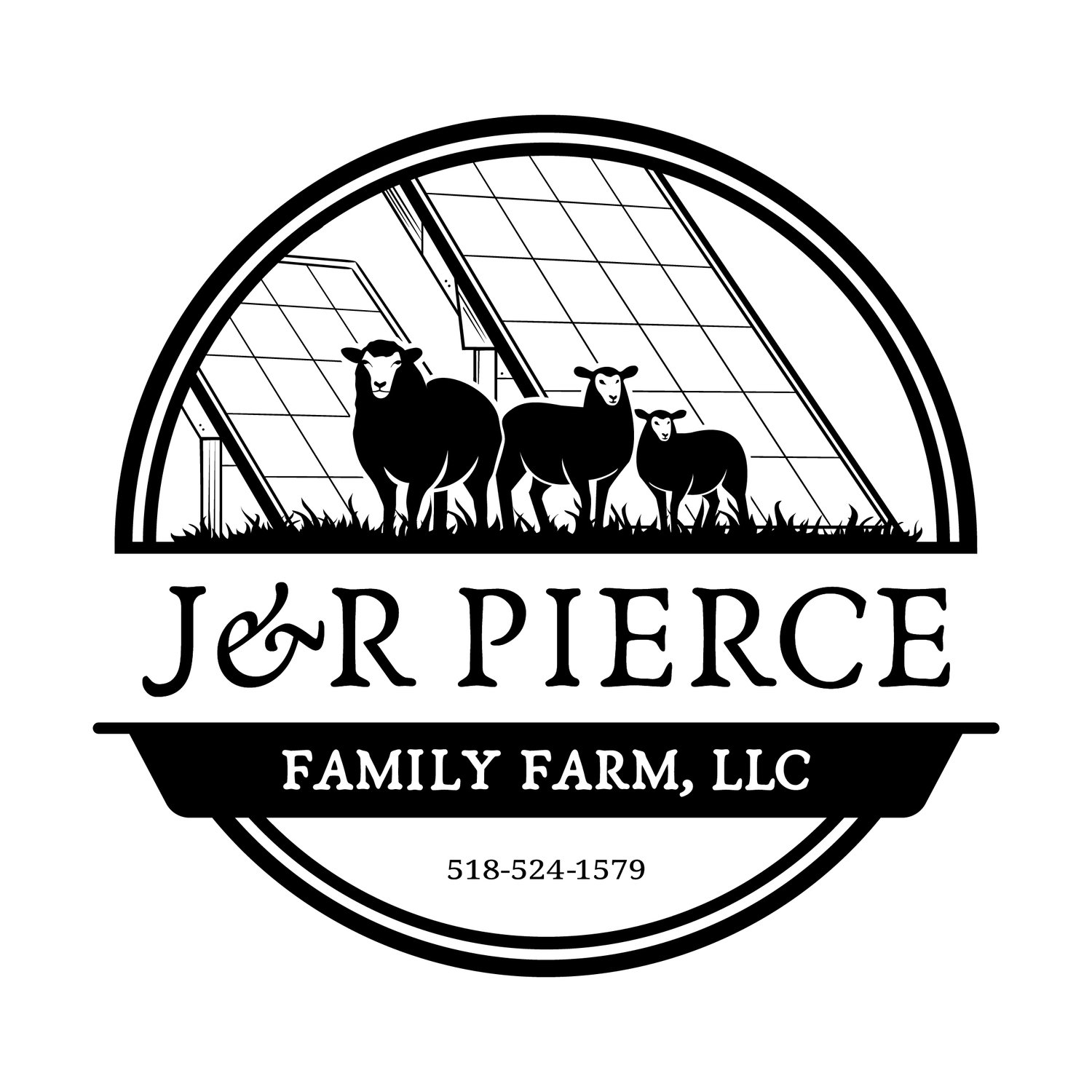What is Creep Feed for Lambs?
What Lew calls the “lamb playpen,” is technically our lamb “creep.”
What is a creep, you might ask?
Why, that’s a great question. And that’s what we’re talking about in today’s Factual Friday.
**J&R Pierce Family Farm is a participant in the Amazon Services LLC Associates Program, an affiliate advertising program designed to allow sites to earn advertising fees by linking to products on Amazon. I often link to Amazon when recommending certain products, and if you choose to purchase, I may earn a small percentage of the sale. It costs you nothing extra, and all recommended products are ones that I personally vouch for.**
What Do Lambs Eat When They Are Born?
As mammals, lambs are nourished solely by their mother’s milk starting at birth. For the first twelve to 24 hours, that milk is colostrum, which is essentially a super nutritious, super rich milk that’s produced by a mother for a very short period of time after lambing. This is one reason why we put our ewes in jugs with their babies, so we can make sure the lamb is getting all the colostrum it needs to boost its immune system.
Interestingly, cow colostrum (bovine colostrum) is now a hot commodity for us humans - it’s sold as a supplement and is marketed for its alleged ability to boost gut health, immune function, and athletic performance. It’s sold under brands like Armra, and while there’s limited research on its effectiveness in humans, there are plenty of TikTok and Instagram influencers who will tell you how wonderfully it works.
Regardless of the impacts of colostrum on all the power lifters out there, the reality is that colostrum is an essential component of nutrition for all newborn mammals, and lambs are no exception.
But what happens when the colostrum runs out, as it inevitably does after a day or so?
When to Wean Lambs
That’s when the lamb switches to good ol’ fashioned “tap milk.”
As early as five to seven days of age, a lamb can be provided with access to creep feed, but it won’t eat very much until it’s around four to five weeks of age. The idea here is just to give it a sample.
While human babies need to be exclusively breast- or formula-fed until they’re around six months old, lambs start getting curious about solid food much sooner. Very young lambs, though relying solely on milk for nutrition, will begin nibbling on hay and grain at just a few days old.
Once they reach a few weeks old, though, it’s time to start taking things more seriously. Enter - the creep pen.
The creep pen is designed to give the lambs access to grain (with around 15 to 20% protein) and hay. We’ve included alfalfa in our creep pen just to entice the lambs to come inside. You’ll notice that there are bars on the pen here, too, as well as in this commercial design. (This style of feeder works a bit differently, somewhat like a creep feeder for pigs).
The biggest challenge with creep feeding lambs is often the ewes and making sure the lambs aren’t trampled. The beauty of this pen is that the bars are just wide enough for the lambs to squeeze through, without allowing the much larger ewes. As the lambs get bigger, the bars can be removed to accommodate them (but still not their mothers).
When Are Lambs Weaned?
Lambs are typically fully weaned from their mothers at around eight to twelve weeks of age. There’s a lot of variation here, and it’s not a perfect science. Some lambs, at a larger size and in excellent health, are ready to be weaned right at eight weeks, while others need longer.
We base this on a variety of factors, including the body condition of the mother (if she’s losing a lot of weight, that’s a sign that the baby is beginning to use up too much of her energy reserves and needs to be weaned) and access to pasture.
Last year, we put our ewes and lambs out to pasture at right around this time. However, this year, because the snow lingered longer and the pasture isn’t quite where we want it yet, we’ll need to wait for a while yet.
Needless to say, however, our ewes (many of whom have babies more than half the size of them already!) are probably ready to wean!
Want to learn more about raising sheep? Check out these featured articles!
Subscribe to our email newsletter for regular tips and tricks on homesteading and farming – wherever you are. You can also follow us on Instagram (@jrpiercefamilyfarm) and Pinterest (J&R Pierce Family Farm) for frequent updates. Happy farming!




